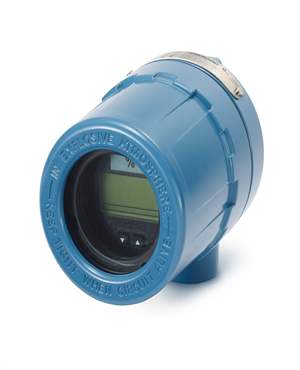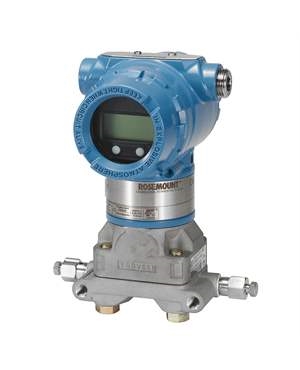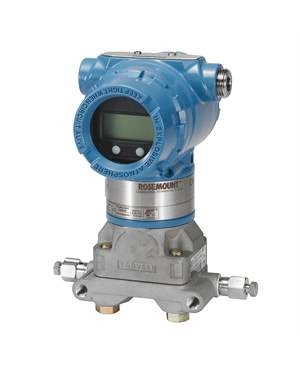Temperature Control Valve – Definition and Working Principle
Brian Craig
September 27, 2021
Control valves are an integral part of various industrial applications, such as power generation units, oil and gas plants, fire prevention systems, and more. These control valves are available in different types and specifications. Temperature control valves are one of the popular valve types used today. These devices are designed to control the fluid temperature in the system to ensure efficient process operations. The temperature control valve controls the fluid flow, flow rate, and the process quantities, such as temperature, pressure, and liquid levels. Is that all? Obviously not. How does a temperature control valve work? What types of temperature control valves are in use today? Are you bothered with these questions? If yes, this post answers all questions regarding temperature control valves. So, stay tuned.

A Quick Overview of Temperature Control Valve
Temperature control valves are also called temperature regulators. They are common control elements used in the process control industry. They are similar to other control valves; however, the difference is in controlling process temperatures at a specific level. They are used to control the temperature of the fluid in compressors, engine jacket water, turbines, and so on. Often abbreviated as TCV, they are also used in cogeneration systems to control varying temperatures and ensuring the cooling of the engine. Temperature control valves are distinguished based on the number of ports they have. It means the control valve with two ports is a 2-way valve and the one with three ports is a 3-way valve.
How Does a Temperature Control Valve Work?
Before getting into the working of the temperature control valve, it is important to understand its structure. The structure of the temperature control valve comprises four main parts- - the temperature detecting element, sensor, power source, and controlling medium. The temperature detecting element is a temperature sensor responsible for sending either an electrical or mechanical signal to the actuator. Later, the actuator uses this signal to act on the power source that determines the valve’s position.
The temperature control valve operates on a mechanical temperature measuring instrument. The temperature control valve or temperature regulator uses a filled bulb as a temperature sensor. Due to the material’s thermal expansion properties, it expands with a temperature rise. This expansion trigger stress in the pressure of the actuator. This pressure changes the position of the valve on the regulator that controls a coolant’s flow rate.
The temperature control valves use two popular temperature control schemes as described below.
- Mixing of Cold and Hot Process Fluid: In this, the hot and cold process fluids are set at two different temperatures- Tx and Ty. The temperature control valve (TCV) is set such that the cold process fluid is allowed to physically mix with the hot process fluid to get the required temperature. It is important to note that the fluids must not chemically react with each other. The sensor is installed in the hot process fluid. Ty measures and sends the hot process fluid’s temperature to the controller that has the set point Tx. The controller senses the change once the hot process fluid’s temperature surpasses Ty. The control valve will allow the cold process fluid to mix with the hot one till the set point temperature is achieved.
- Exchange of Heat between Hot and Cold Process Fluid: In this method, energy transfer between the two hot and cold process fluids occurs instead of the fluids mixing. This means cold fluid passes energy through the tube, while the hot fluid passes through the shell of the exchanger. The hot fluid passes energy to the cold fluid, and the rise in temperature of cold fluid is sensed as well as controlled by the temperature sensor or temperature transmitter and sent to the temperature controller. The controller accordingly sends to TCV to remain open or shut depending upon the temperature elevation. It would remain open and facilitate energy transfer till the required temperature set point is achieved.
If you are looking to install temperature control valves for your applications, it is always a good practice to consult an industry-leading valve supplier before making any decision. The Transmitter Shop is a one-stop solution for you. The company offers a wide range of control valves from top industry brands, like Fisher.
Related Posts
- Causes & Solutions of Annoying Noise from Control Valves
- Understanding Industrial Control Valves and their Types
- All Important Questions on Control Valves Answered
- 3 Common Control Valve Maintenance Practices
- Know Everything About the Benefits, Applications, Types, and Automation of Control Valves
- How to Select the Right Control Valve for Your Process?
- Calibration of Control Valve Positioner: The Process Discussed
- Control Valve Actuators: Different Types and Failure Modes Discussed
- Calibration Guide for Fisher 3582 Pneumatic Positioner
- How to Do the Periodical Inspection and Maintenance of the Control Valve?
- Temperature Control Valve – Definition and Working Principle
- Reasons to Choose Remanufactured Instrumentation and Control Valves
- Single Acting vs. Double Acting Positioners: Pros and Cons
- Complete Hydrogen Gas Safety and Measurement Solutions
- Steam Boiler Drum Level Measurement A Comparison of Control System Technologies
- Furnace Flame Sensor Faults Everything You Need to Know for Safe Operation
- Comparison between Multi Valve Manifolds Block Valves and Bleed Valves
- Pneumatic Pressure Controllers: A Safe Choice for Hazardous Areas
- Furnace Flame Sensor Faults Everything You Need to Know for Safe Operation
- Pneumatic Pressure Controllers: A Safe Choice for Hazardous Areas
- How Can Greenhouse Gas Emissions Be Reduced?
- A Practical Guide to Vacuum Measurement and Operation
- Understanding Electrochemical Detection: Principles, Techniques and Environmental Application
QUICK ENQUIRY







